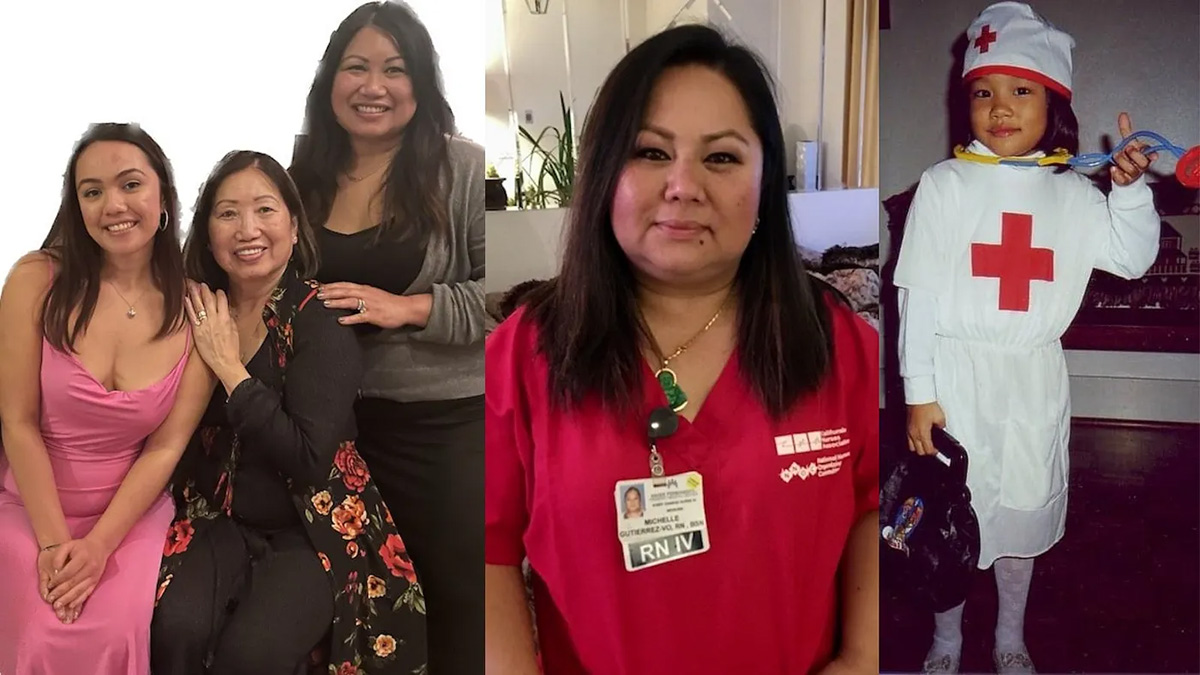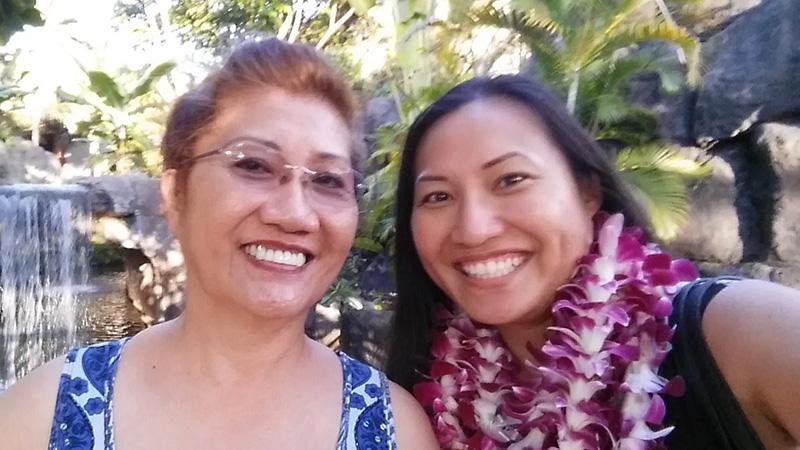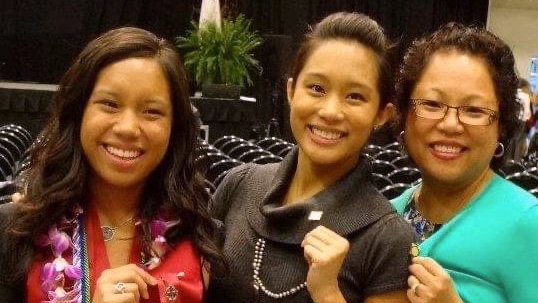Blog
Honoring Filipinx American Nurses in Asian American Pacific Islander Heritage Month

May is the time to celebrate Asian American Pacific Islander Heritage Month and acknowledge the achievements of the AAPI nurses in our country. Asian Americans make up 8.9 percent of U.S. registered nurses, and Filipinx RNs make up nearly half of that number due to a number of historical and political reasons that encouraged nurse migration and immigration to the United States from the Philippines. Filipinx RNs were also hit hardest by Covid; while they are only about 4 percent of U.S. nurses, they represented 21 percent of the nurses National Nurses United (NNU) tracked who died of the disease. We want to honor and share Filipinx nurse experiences. This month we expand the rich history of Filipinx American nurses with stories of RN members of California Nurses Association/NNU who are part of that proud tradition.
Nerissa Black, a Filipinx RN in the gastrointestinal (GI) lab in Newhall, Calif., turned to nursing as a second career at the suggestion of her mother who immigrated from the Philippines in the 1980s and went to a U.S. nursing school. “I had been working in a software job that was so boring,” recalled Black. “The work was soul-sucking and mind-numbing. My mom gave me the inspiration and confidence to try nursing. I love what I do. It’s very fulfilling and physically and mentally demanding. Nursing uses a lot of critical thinking.

Nursing is also an important part of Gina Macalino’s family. Her mother and aunt are nurses, two of her brothers are nurses, and her daughter will start nursing school this fall. Macalino’s parents encouraged her to go into nursing and she soon realized that she was meant to be a nurse. “It’s hard work but it’s satisfying for the soul,” said Macalino, an RN in interventional radiology in Vacaville, Calif. “You give a part of yourself to your patients, and they do the same for you. It’s a rewarding interaction to have with people. Everything is like a circle of life. You want someone to be there for you when you need someone.”
For Allysha Shin, her mother, a post-partum nurse for more than 35 years, was the inspiration behind her and her sister’s decision to enter the profession. “She used to dress my sister and me in nurse costumes for Halloween,” said Shin, a neuroscience ICU RN in Los Angeles. “We would go with her to work and wait for her in the staff lounge and talk with her coworkers.”
But it wasn’t until she did a clinical rotation with her mother as a nursing student, that Shin finally understood what it really meant to be a nurse. “I was so in awe of my mom’s nursing skills,” said Shin whose mother immigrated from the Philippines to the United States at age 7. “I saw all her knowledge and instinct come into play that day. I saw it in how my mom cared for her patients and how she advocated for them. She took care of them in all ways, physically, mentally, and spiritually. I remember thinking, ‘If I could be even half the nurse my mom is, I will be satisfied in my career.’”
Michelle Gutierrez-Vo, RN in adult family medicine in Fremont, Calif., was born in the Philippines and moved to the United States as a teen, becoming the first grandchild in her family to graduate from college and the first nurse in her family. Since then, two of her cousins have become nurses and three of her sisters-in-law are nurses. Gutierrez-Vo became a nurse because she loves the sciences, people, and figuring things out. “I have a passion for sciences and saving people and being with patients at their worst,” said Gutierrez-Vo who has been an RN for 25 years. “As nurses, we give them dignity. We get to make them whole again.”
“I am proud of my heritage because our customs and traditions are unique,” said Black, who worked in the telemetry unit at her facility for a decade before moving to GI. “We have a strong sense of pride in our work. Working with patients and being able to see them through their illness was very fulfilling, until the pandemic.”
“Nursing is very heart-centered,” said Shin, who was born and raised in Southern California. “Yes, we have the science, the evidence, and a base of knowledge, but you have the compassion and empathy aspect that is unique to nursing. You see that in the AAPI community. You see that sense of togetherness.”

Shin says AAPI Heritage Month is a good time for AAPIs to remind themselves that “there are aspects of our culture that we should be proud of and are amazing. As an AAPI nurse, it is not just your connection with your coworkers but your connection with your patients and their families. You can empathize with them. You will have something in common with your patients no matter what.”
“We need recognition,” said Macalino, who has been a nurse for 25 years. “We’re the unsung heroes of health care. We are advocates for all patients of every skin tone. We are a very important part of the American health care system. This month needs to be as important as Black History Month or Hispanic Heritage Month. It’s our turn.”
AAPI Heritage Month is “a good way for us to be more visible,” said Shin, who makes a point of exposing her three young daughters to AAPI stories and culture. “Our community struggles with issues the same as other communities.”
Being an AAPI nurse means everything to Gutierrez-Vo, “especially to people who come here who have language barriers and can’t express themselves and need advocates.” For her, AAPI Heritage Month is “really what you do everyday.”